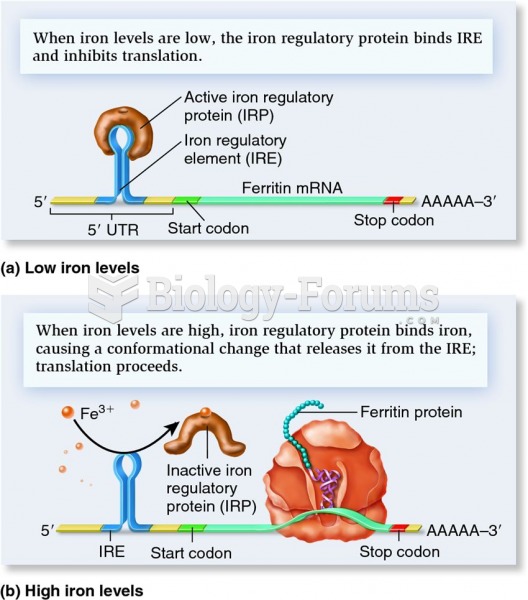|
|
|
This year, an estimated 1.4 million Americans will have a new or recurrent heart attack.
All adults should have their cholesterol levels checked once every 5 years. During 2009–2010, 69.4% of Americans age 20 and older reported having their cholesterol checked within the last five years.
People about to have surgery must tell their health care providers about all supplements they take.
Historic treatments for rheumatoid arthritis have included gold salts, acupuncture, a diet consisting of apples or rhubarb, nutmeg, nettles, bee venom, bracelets made of copper, prayer, rest, tooth extractions, fasting, honey, vitamins, insulin, snow collected on Christmas, magnets, and electric convulsion therapy.
Increased intake of vitamin D has been shown to reduce fractures up to 25% in older people.







